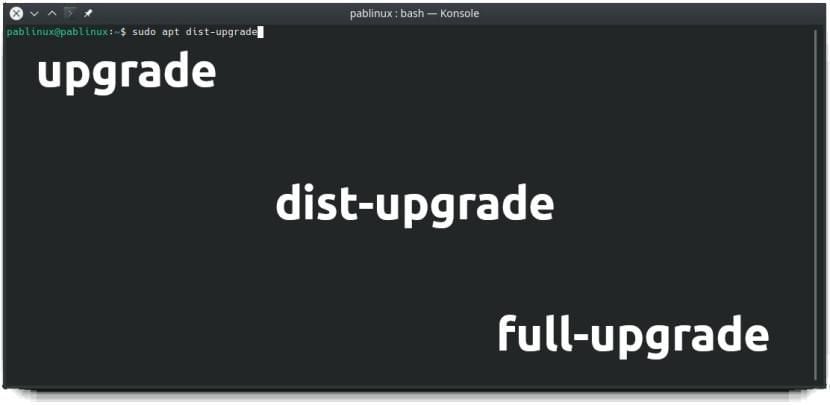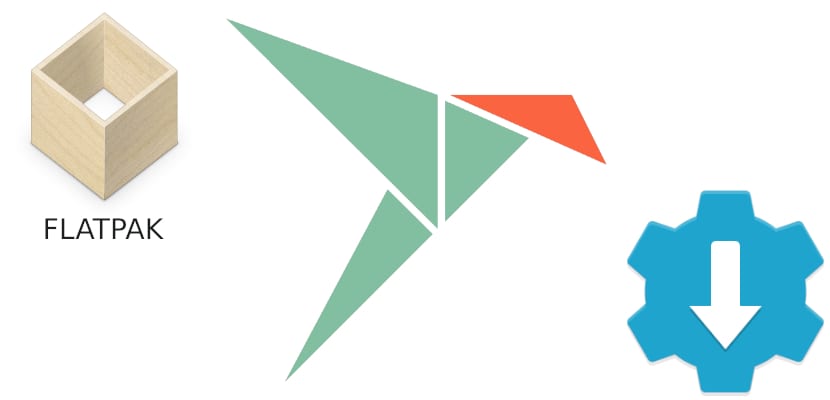
About 3 years ago, Canonical released Ubuntu 16.04 LTS, a version that introduced major new features such as support for Snap packages. Like Flatpaks, Snap packages are next-generation packages, vastly improving, in theory, over traditional APT packages. The packages that we have been using all our lives can be updated from a software center or from the terminal, there are different options if we want to do it from the console, as they are upgrade, dist-upgrade and full-upgrade.
If you are like me, although the most comfortable thing is to do everything from the software center, sometimes you will try to update the packages from the terminal. The most used command is "upgrade", but there are also the other two options to perform slightly different actions. In this article we will explain the differences between these commands, although I tell you that two of them are different ways of referring to the same action.
Which upgrade should I use for which upgrade?
The first thing we will explain is the first thing that appears in the headline of this article: «Update»Translates into Spanish as« update », but what will update will be the repositories. By writing "sudo apt update", without the quotes, what we will be doing is asking as root user to update APT, more specifically the repositories. Explained this, then we have the three "upgrades" mentioned, where:
- upgrade, which means "upgrade" or "upgrade" meaning upgrade, will upgrade available packages, but not all. It will download and update packages, but software that does not have to do with, say, important components, such as the Linux kernel. Basically it will avoid updating packages that require other packages to be removed due to dependency changes.
- dist-upgrade: what this second command does is similar to what the first does, but during the update it will make several queries about the configuration of the packages. This option will update components such as the Linux kernel.
- full upgrade: As we have advanced, it is another way of calling the previous one or vice versa. Both options will remove packages that have been installed automatically if they need to resolve conflicts in package dependency updates.
To finish any update a fourth command is used. Is about "Sudo apt autoremove", which will remove packages that are no longer needed. If we use it after updating the kernel, it will remove the old images. If we have updated it manually, I would not recommend doing it until we verify that everything works correctly or, otherwise, we will not be able to go back from the start of the system.
Do you already know what are the differences between these three commands to update APT packages?

Good. I had many doubts,